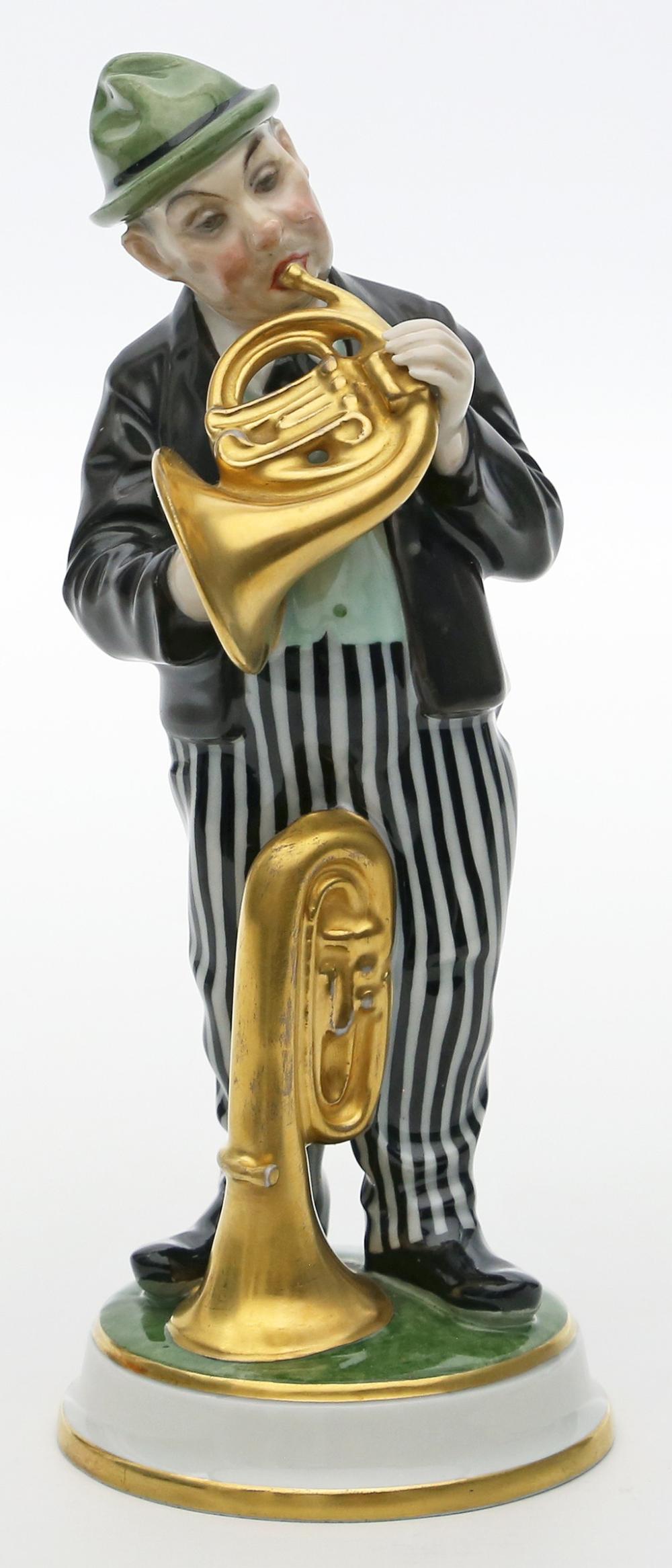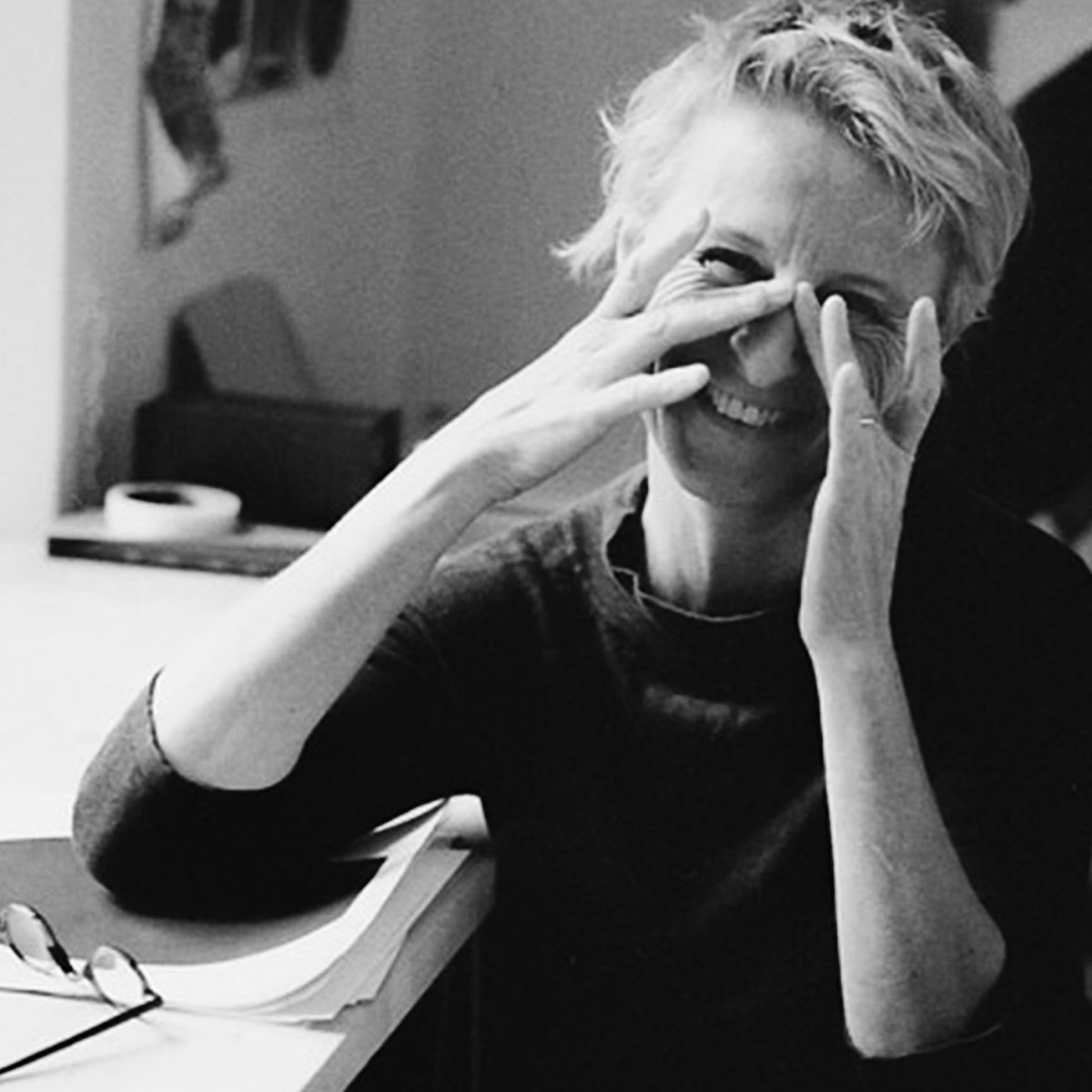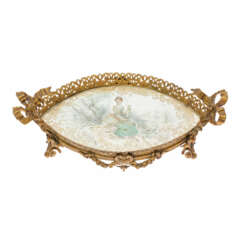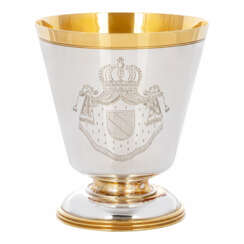
Kunsthandwerk, Antiquitäten und Gemälde
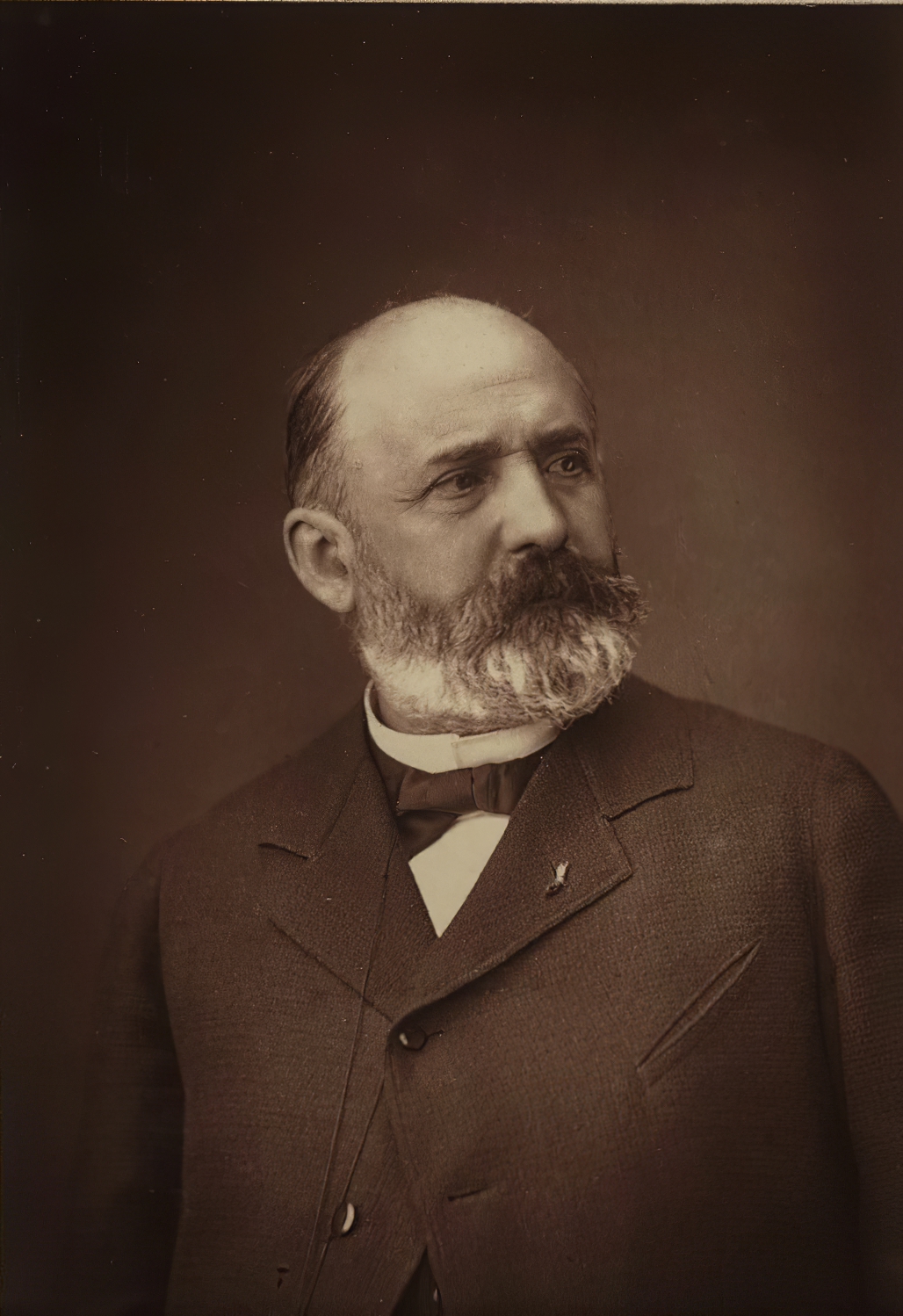
Mathurin Moreau was a distinguished French sculptor, celebrated for his contributions to the academic style of the 19th century. Born into an artistically eminent family in Dijon, France, on 18 November 1822, Moreau honed his craft under the guidance of his father before enrolling at the prestigious École des Beaux-Arts. He emerged on the artistic scene with his first exhibition at the Salon of 1848, and his mastery of sculpture earned him a medal of honor from the Salon in 1897.
Moreau's legacy is enshrined in the beauty of his statuary art. His works, especially the cast iron fountains with patina bronze, are admired in public squares across major cities globally. These pieces exemplify the blend of technical skill and aesthetic vision that defines Moreau's style. His artistry continues to captivate collectors and art aficionados, with his pieces fetching considerable attention at auctions and exhibitions.
As an artist who significantly shaped the visual landscape of his time, Mathurin Moreau's creations are a testament to the enduring allure of classical sculpture. For those with a passion for 19th-century art, Moreau's works offer a timeless elegance that complements any collection. If you wish to delve into the world of M. Moreau's sculptural masterpieces, sign up for our exclusive updates and unearth the magnificence of this sculptural maestro's works.
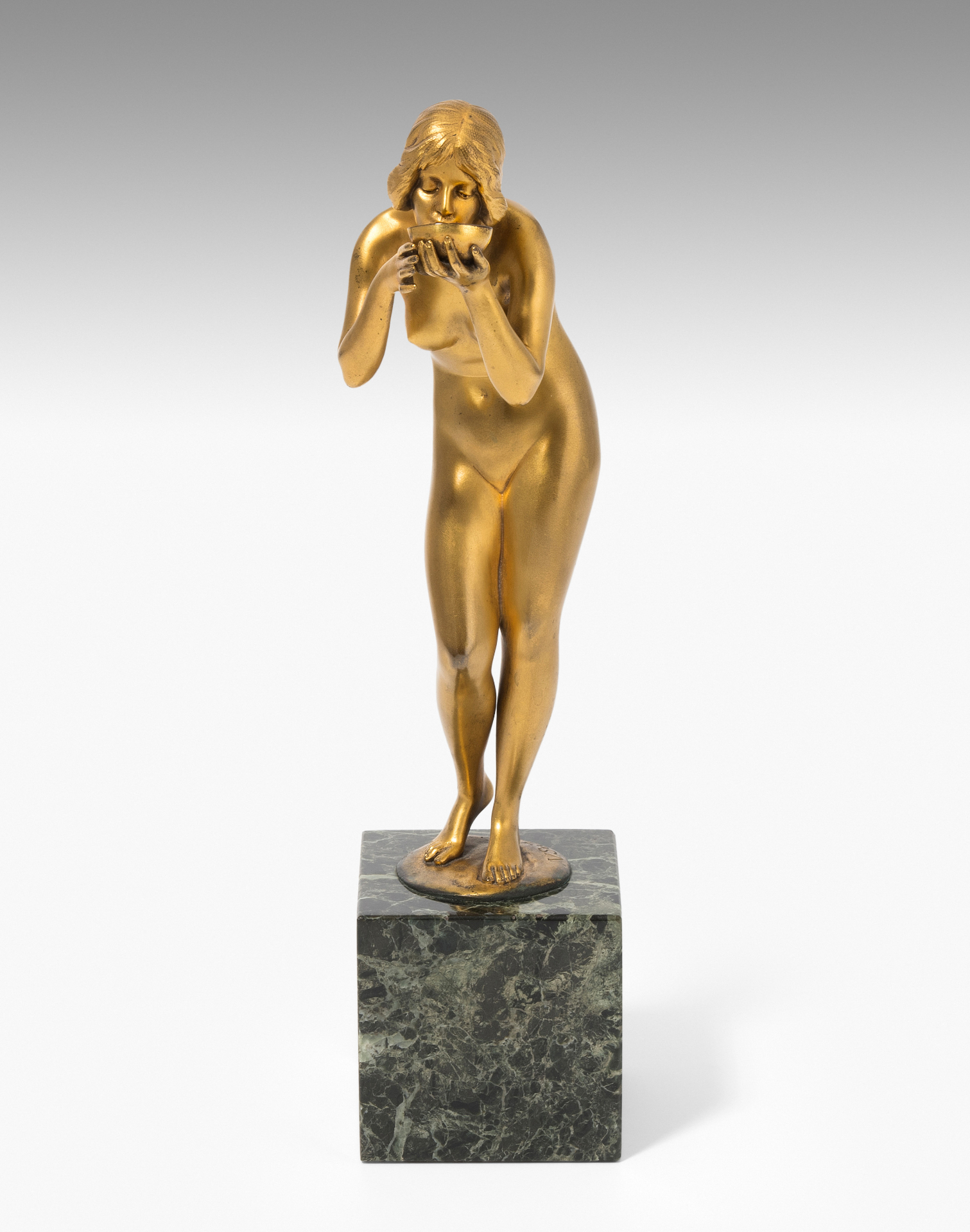
Victor Heinrich Seifert was an Austrian sculptor.
Seifert studied first at the University of Applied Arts in Vienna and later at the Berlin Academy of Art. After the end of World War I, he created many war memorials for German cities and towns, for which he became famous. Seifert also worked on classical nude sculptures in bronze.
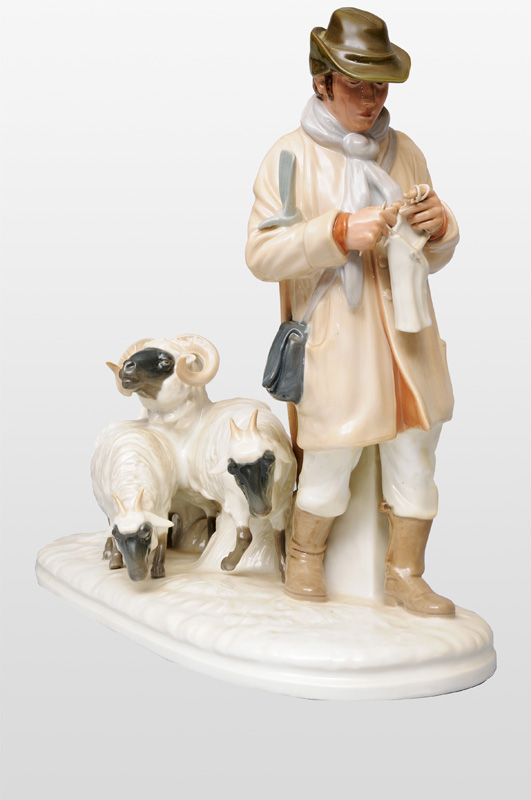
Otto Pilz was a German porcelain sculptor and model maker. He worked for the famous Meissen porcelain factory, for which he created a number of famous sculpture models from 1905 to 1912. He also designed sculptures for Schwarzburger Werkstätten and Hutschenreuther.
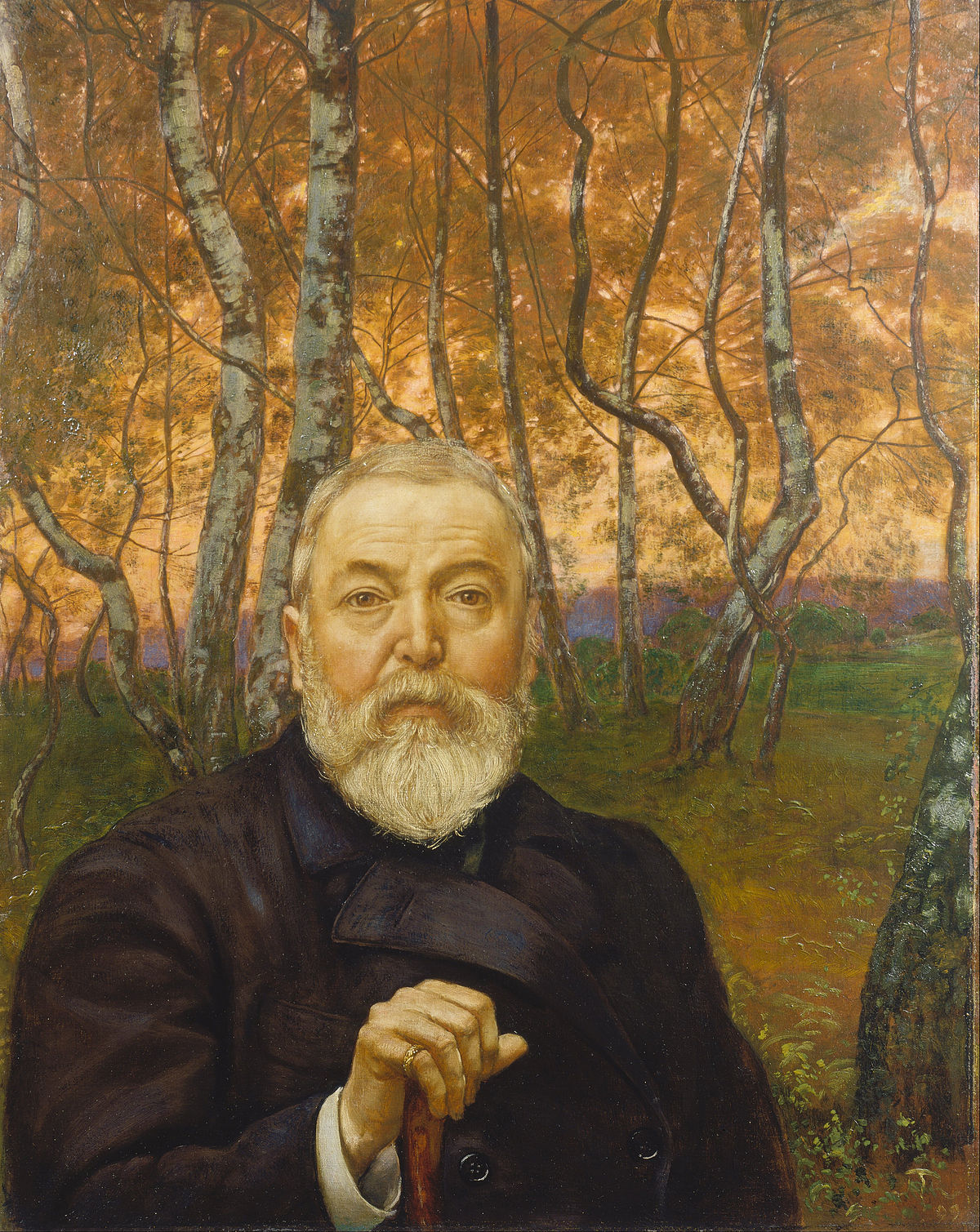
Hans Thoma was a German painter.
In spite of his studies under various masters, his art has little in common with modern ideas, and is formed partly by his early impressions of the simple idyllic life of his native district, partly by his sympathy with the early German masters, particularly with Albrecht Altdorfer and Lucas Cranach the Elder. In his love of the details of nature, in his precise drawing of outline, and in his predilection for local coloring, he has distinct affinities with the Pre-Raphaelites.
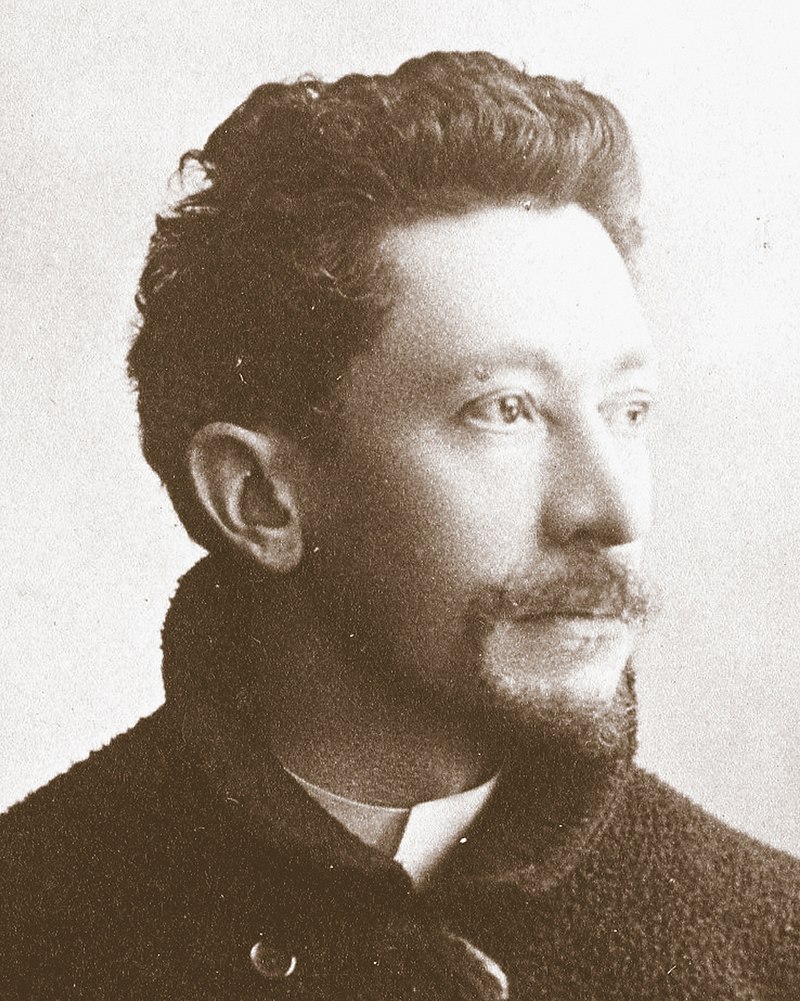
Emile Gallé was a French artist and designer who worked in glass, and is considered to be one of the major innovators in the French Art Nouveau movement. He was noted for his designs of Art Nouveau glass art and Art Nouveau furniture, and was a founder of the École de Nancy or Nancy School, a movement of design in the city of Nancy, France.
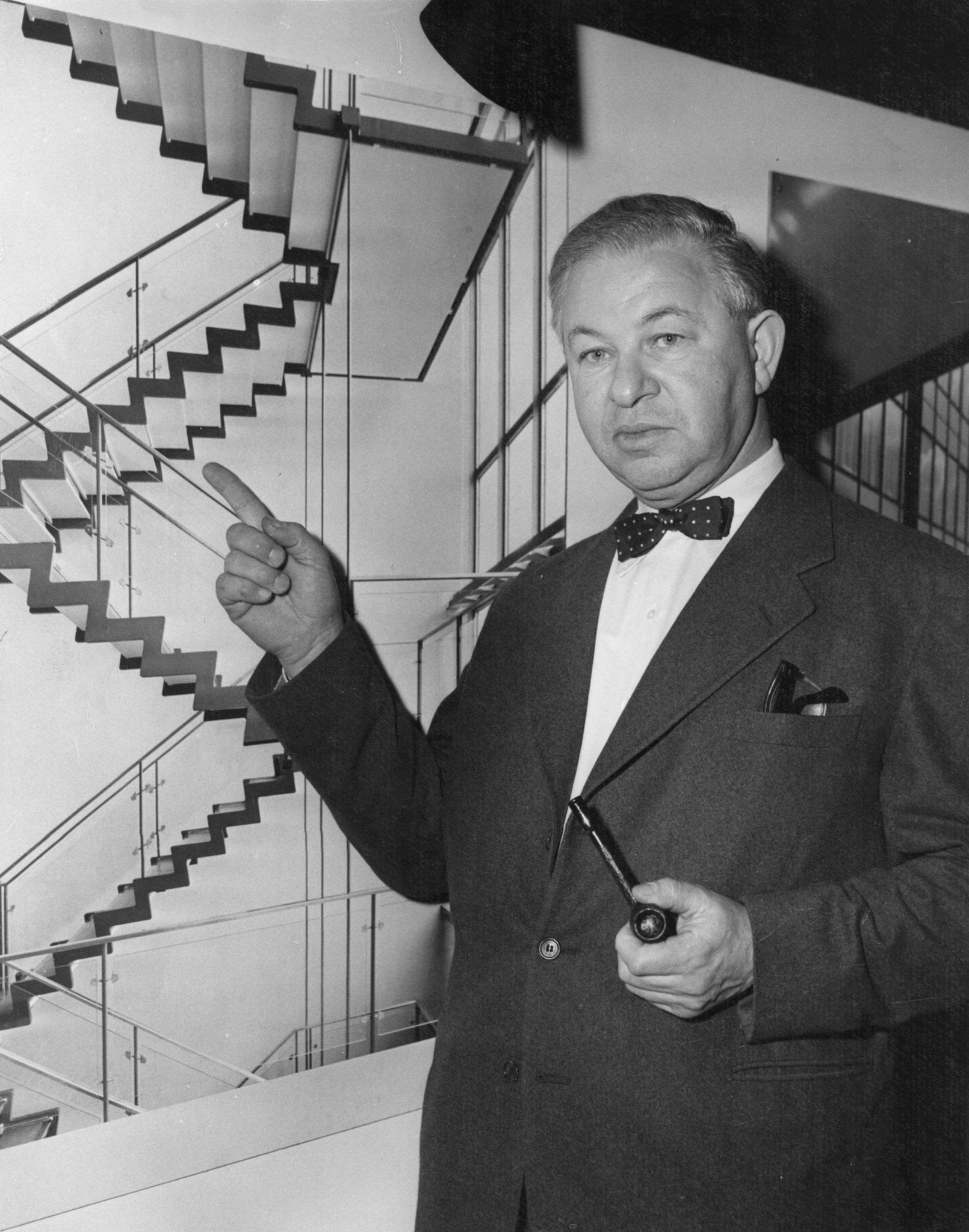
Arne Emil Jacobsen is a Danish architect and designer, the founder of the Danish Functionalism style.
He studied at the School of Architecture at the Royal Danish Academy of Fine Arts, and began working as an architect in the 1930s. Inspired by Art Nouveau, he designed several public buildings, including the Aarhus City Hall. In collaboration with Flemming Lassen, he first created a comprehensive overall interior design, including furniture, fixtures, plumbing and other details. After World War II, Arne Jacobsen made a name for himself both in Denmark and around the world.
For six decades, Arne Jacobsen was at the forefront of Danish architecture, creating visionary works of architecture that still look contemporary today. His projects often included both the building itself and the overall interior design as well as the design of the surrounding landscape. The combination of architecture and design is one of the constant characteristics of Arne Jacobsen's work. In projects such as the SAS Royal Hotel (1960) and St. Catherine's College in Oxford (1964), he not only created the architecture, but also designed every detail of the interiors, turning them into a true work of art.
In addition to architectural structures, Arne Jacobsen created a number of highly original chairs and other furniture. From his studio came avant-garde and innovative furniture, lamps, patterns, clocks, cutlery and glassware that are still in demand today.

Charles Eames and Ray Eames were an American couple of industrial designers who made significant historical contributions to the development of modern architecture and furniture through the work of the Eames Office.
Charles and Ray Eames also worked in industrial and graphic design, fine art and film. Charles was the public face of Eames Office, but Ray and Charles worked together as creative partners and engaged a diverse creative staff. Some of their best known designs include the Eames Lounge Chair and the Eames Dining Chair.
The Charles and Rae Eames design firm has existed for over four decades.

Charles Eames and Ray Eames were an American couple of industrial designers who made significant historical contributions to the development of modern architecture and furniture through the work of the Eames Office.
Charles and Ray Eames also worked in industrial and graphic design, fine art and film. Charles was the public face of Eames Office, but Ray and Charles worked together as creative partners and engaged a diverse creative staff. Some of their best known designs include the Eames Lounge Chair and the Eames Dining Chair.
The Charles and Rae Eames design firm has existed for over four decades.

Charles Eames and Ray Eames were an American couple of industrial designers who made significant historical contributions to the development of modern architecture and furniture through the work of the Eames Office.
Charles and Ray Eames also worked in industrial and graphic design, fine art and film. Charles was the public face of Eames Office, but Ray and Charles worked together as creative partners and engaged a diverse creative staff. Some of their best known designs include the Eames Lounge Chair and the Eames Dining Chair.
The Charles and Rae Eames design firm has existed for over four decades.
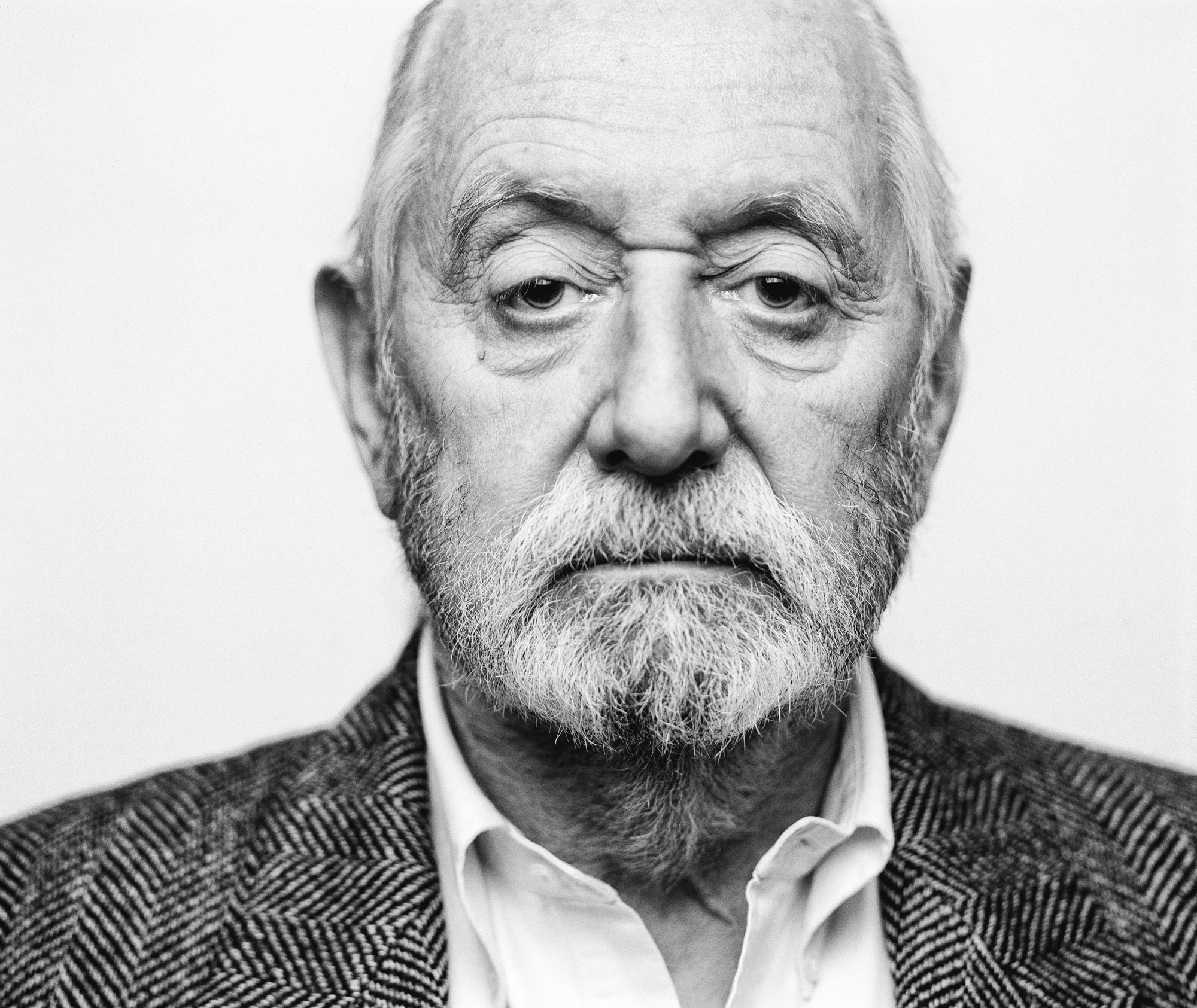
Ettore Sottsass was a 20th century Italian architect, noted for also designing furniture, jewellery, glass, lighting, home and office wares, as well as numerous buildings and interiors — often defined by bold colours.

Ettore Sottsass was a 20th century Italian architect, noted for also designing furniture, jewellery, glass, lighting, home and office wares, as well as numerous buildings and interiors — often defined by bold colours.






